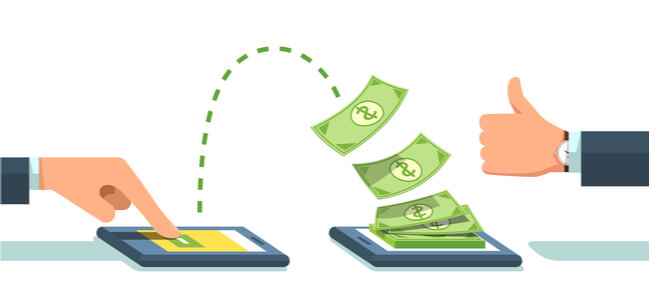What Is A Working Capital Ratio And Why Does It Matter?

Did you know more than half of businesses across the world face issues with financial forecasting due to accounts payable problems? Given liabilities of a company includes notes payable on top of accounts payable, business owners need to understand and manage both efficiently to run a profitable business.
Accounts payable is the amount owed by the company to a supplier while notes payable refers to the written promise to repay larger amounts to credit institutions based on terms and conditions.
An example of accounts payable could include $500 due to a supplier for the purchase of fabric within 45 days if you have a textile factory. On the contrary, an example of notes is the promissory note submitted by your textile company after borrowing $20,000 to be repaid within two years to the bank.
The following article will differentiate the tenure of liability, convertibility, risk factors, and to whom the funds are owed for each of the two types of liabilities.
1. Short Term Vs Long Term Obligations
Notes and accounts payable are added under the liabilities section of the balance sheet.
AP is a short-term debt given it consists of payments owed for day-to-day supplies and raw materials. These are current liabilities often payable in the immediate future such as within 30 to 90 days. If the AP process seems complex to you, integrations for invoicing software can be incorporated to automate the activity.
On the other hand, notes payable is a debt with a repayment term that lasts over a year or more. It comes with the maintenance of two accounts: notes payable account and interest costs. The latter must be paid in prearranged intervals. Notes payable is considered a current liability when payable within a year and a long-term obligation when the agreed-upon terms specify payments after a year.
2. Conversion
It is possible to convert AP into notes payable, but the opposite is not possible. For example, if your company is running out of capital, you can ask the supplier if they will accept a promissory note for the accounts payable you owe. Once the conditions are authorized mutually, you receive an extension and the supplier receives interest in addition to the principal amount.
However, when it comes to notes payable, the liability is already long-term. You can’t pay the amount owed over a year within a month and ask the supplier to skip the interest charges given the terms are already arranged and agreed upon.
3. Who The Funds Are Due To
You need to pay the supplier or the merchant company from which you bought goods or services when it’s accounts payable. On the flip side, notes that are payable involve the amount you owe to the bank, credit card institution, or lender from which you borrowed funds. Notes payable records the total incoming and outgoing transactions from financial firms.
4. Risk Factor
While suppliers offer short-term payments for low-risk customers, notes are for high-risk customers. Simply put, a client with a good credit history can be offered goods and services on the basis of an informal verbal agreement as AP. Unfortunately, risky clients need to fulfill certain factors to obtain large sums as notes payables.
However, AP transactions are void of written terms and conditions unlike that of notes. On top of it, notes payable are sometimes disbursed only after the customer submits collateral to reduce the risks of the creditor.
5. Calculation Of Working Capital
To derive the working capital needs of a company, you need to subtract the current assets from the current liabilities.
AP is a current liability while notes may or may not be a current liability. Hence, AP transactions including recurring payments are crucial for assessing, managing, and maintaining working capital and cash conversion cycles that are required to run the business. By contrast, notes may or may not be used to calculate cash flow. It is factored into the working capital amount only when the notes are due within less than one year.
Read more about:
How To Choose The Right Software For Recurring Billing
Conclusion
With the differences accounts payable accurately defined, assessing business liabilities can be managed accordingly. While accounts payable is a short-term debt owed to suppliers for items/services in the near future, notes are often long-term liabilities owed to lenders and creditors within one or more years for the purchase of assets.
AP can be converted into notes, but the opposite is not possible. Moreover, notes payable are created for high-risk customers with terms and conditions while AP is often intended for merchants with a good credit history sans any payment obligations.



